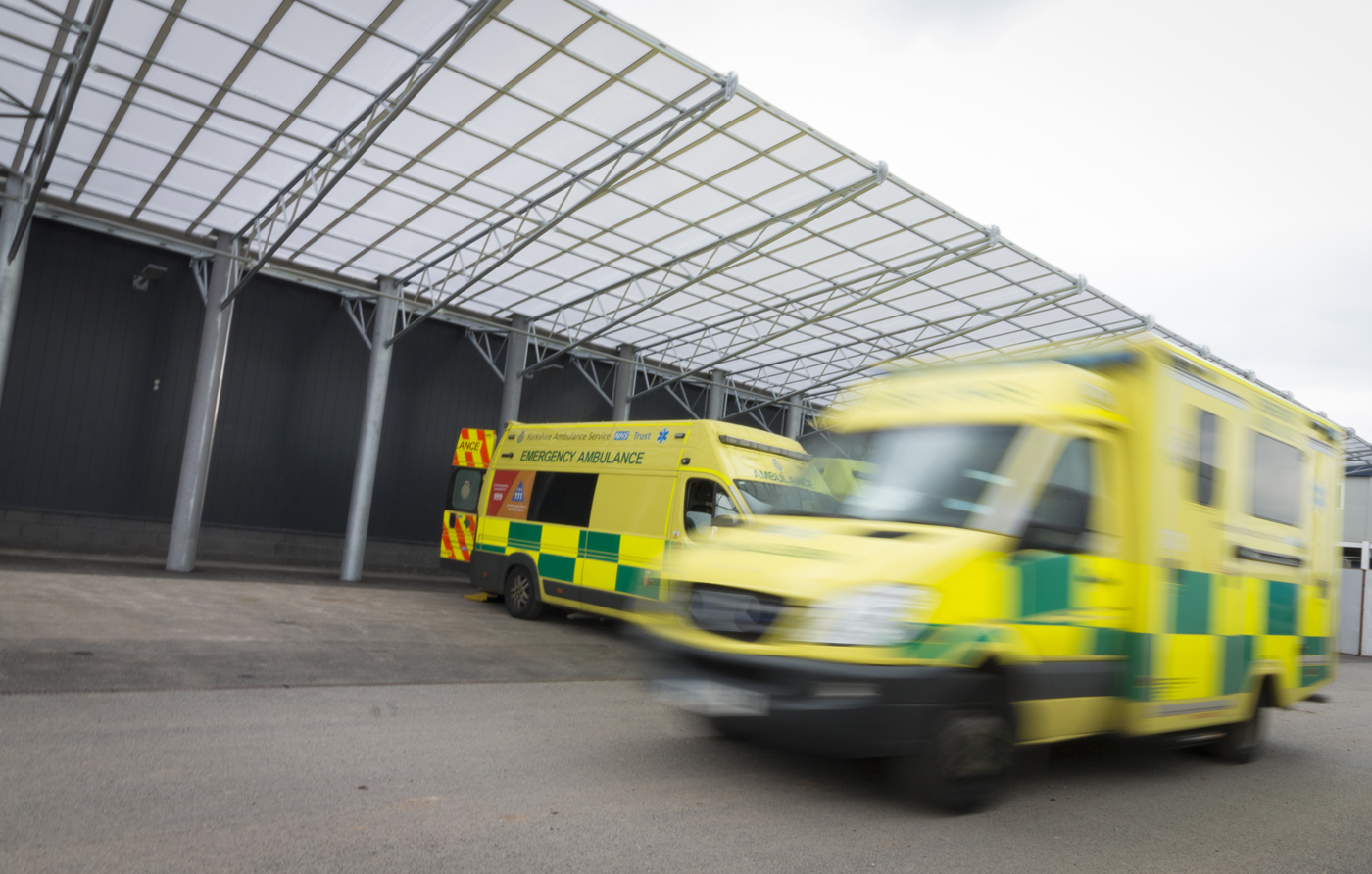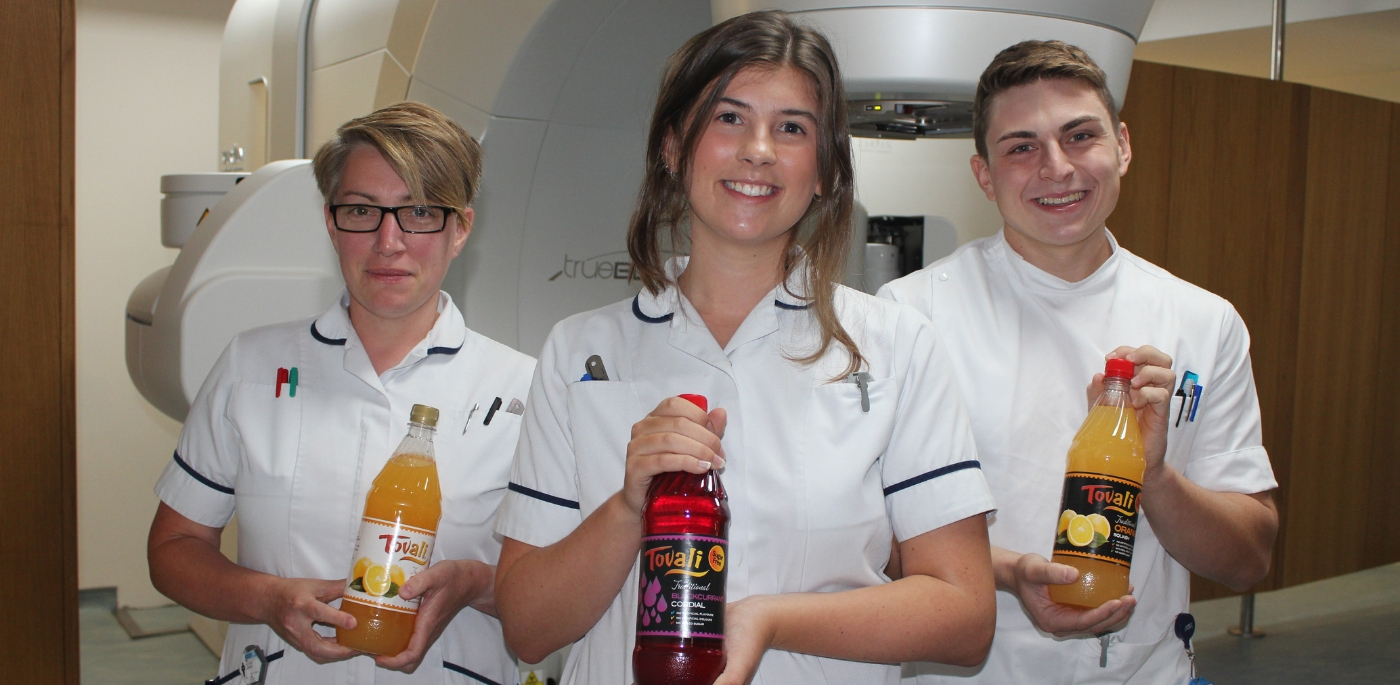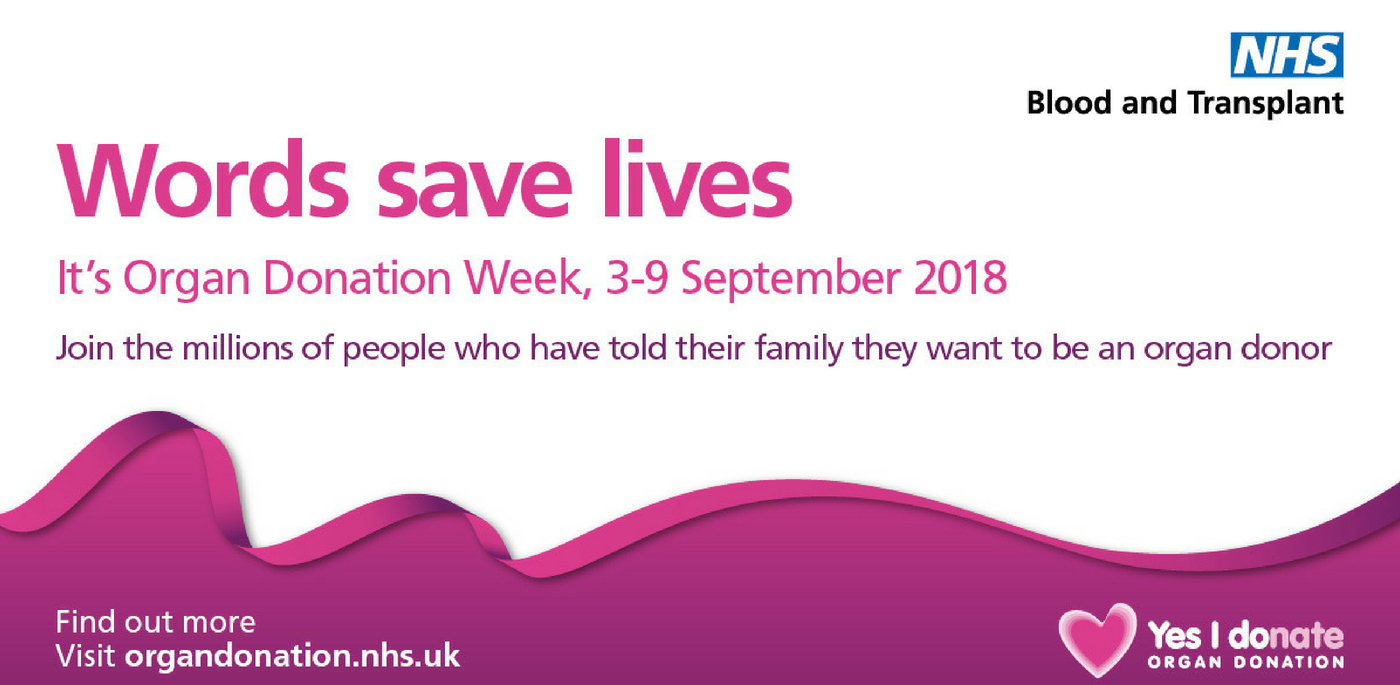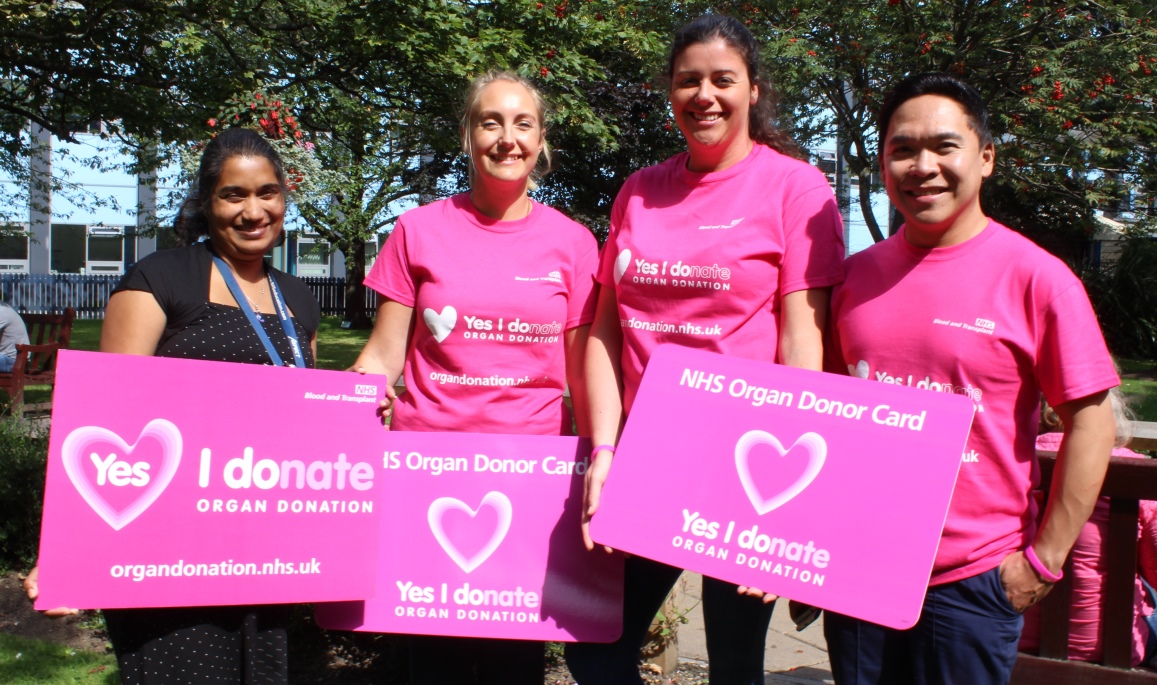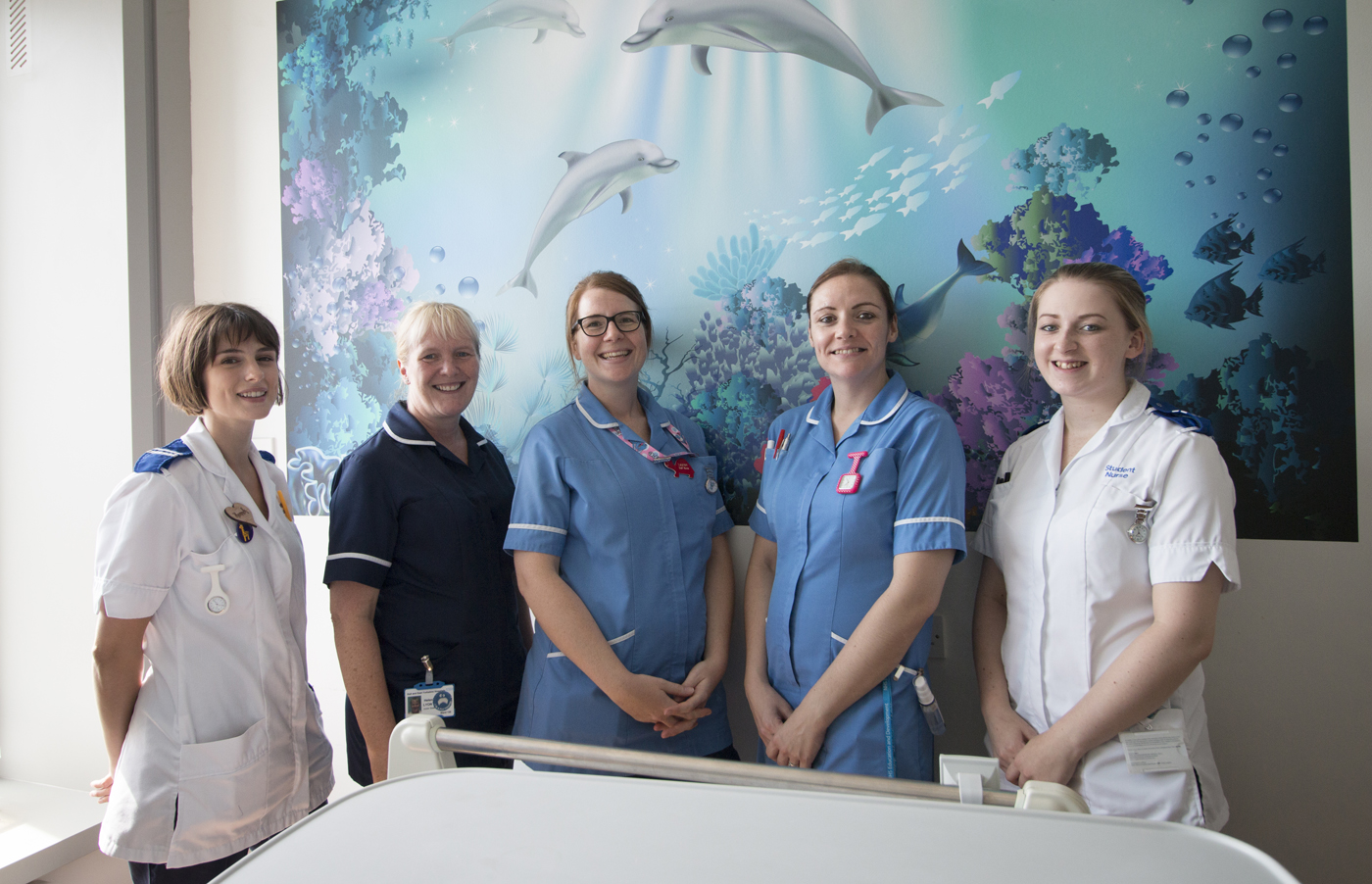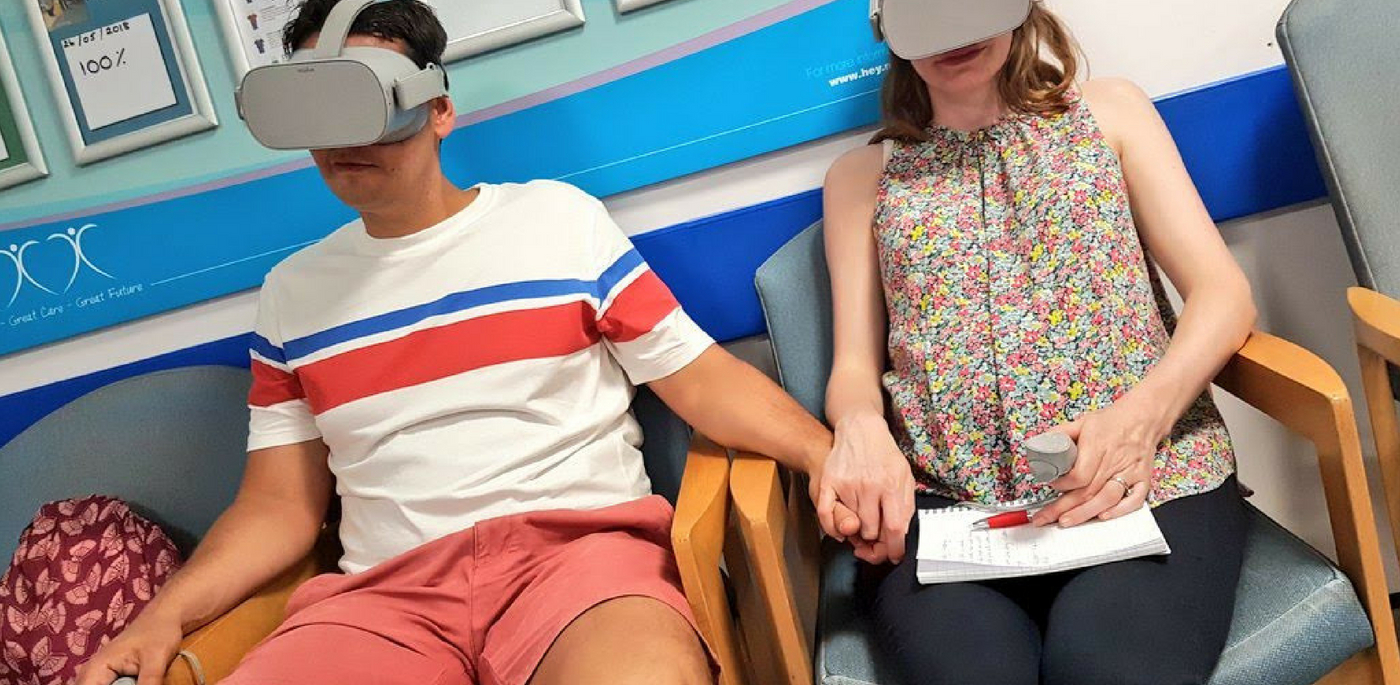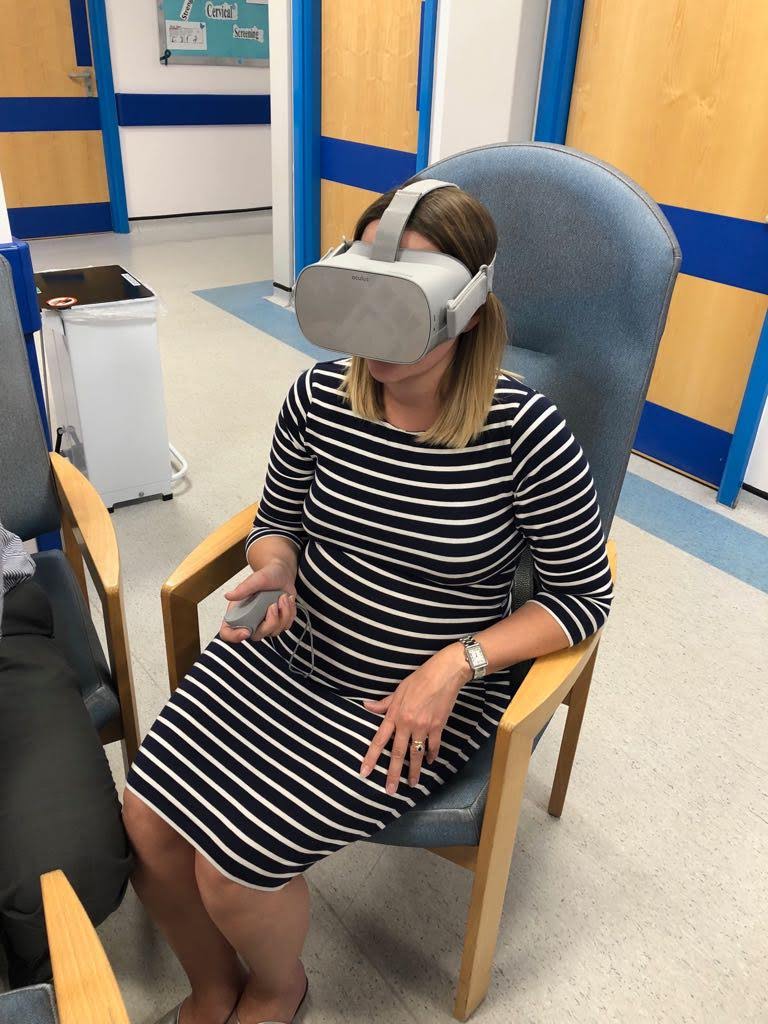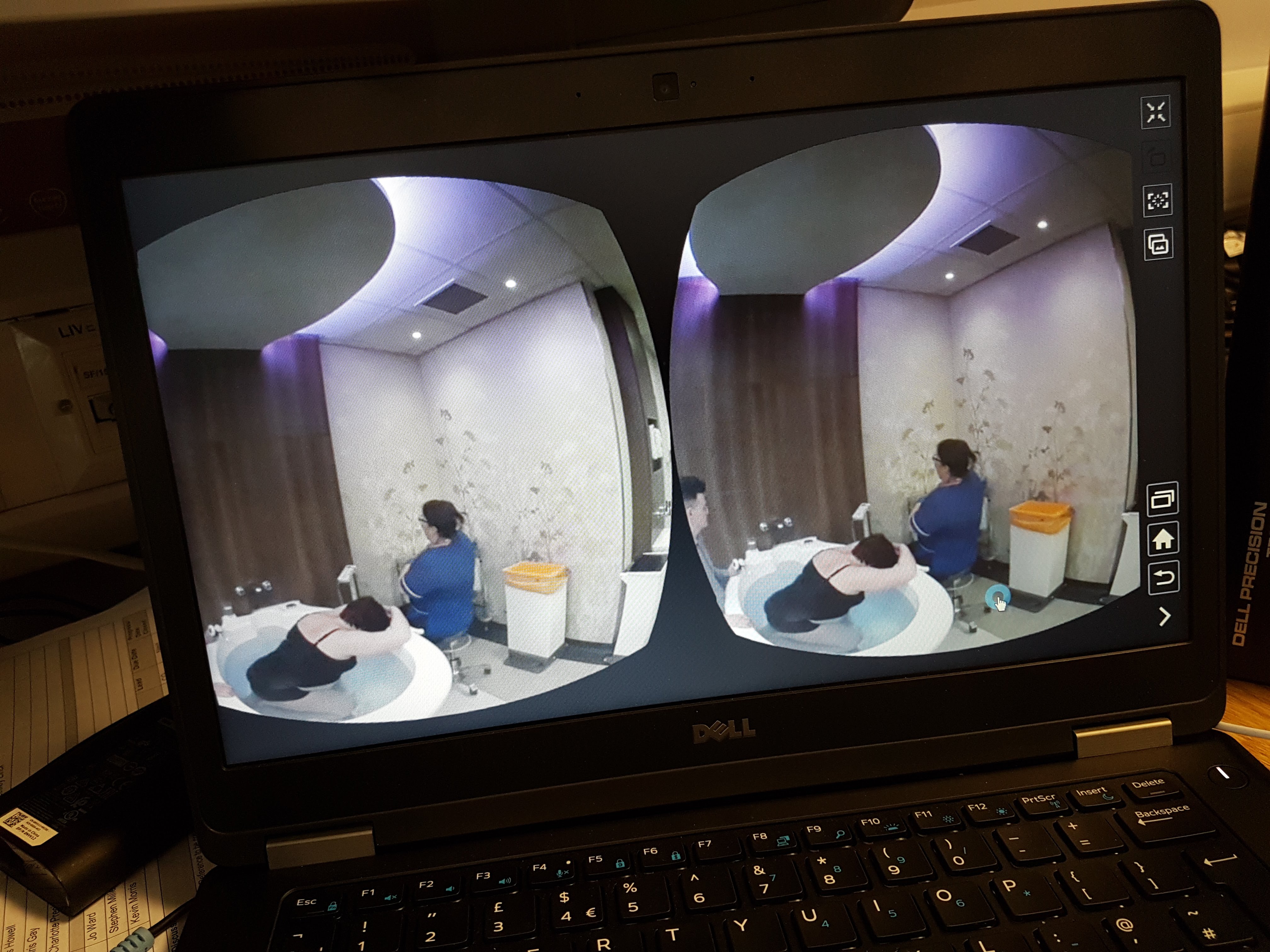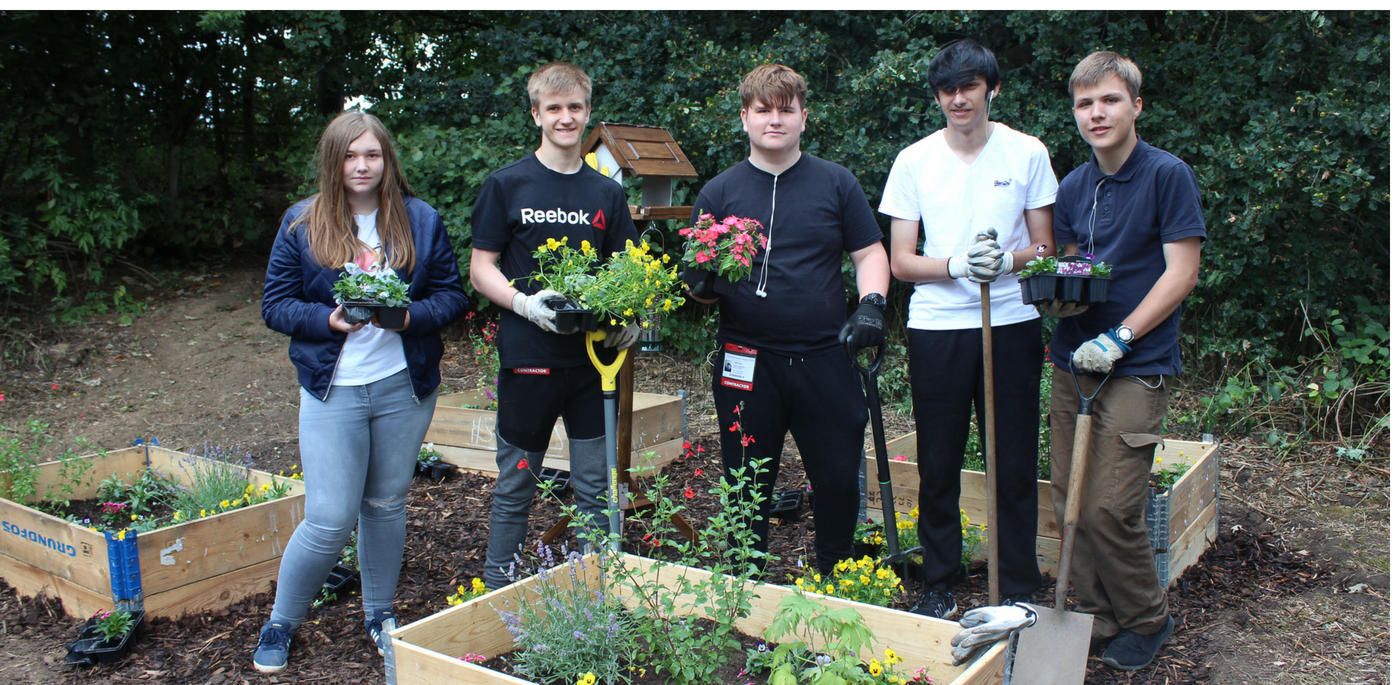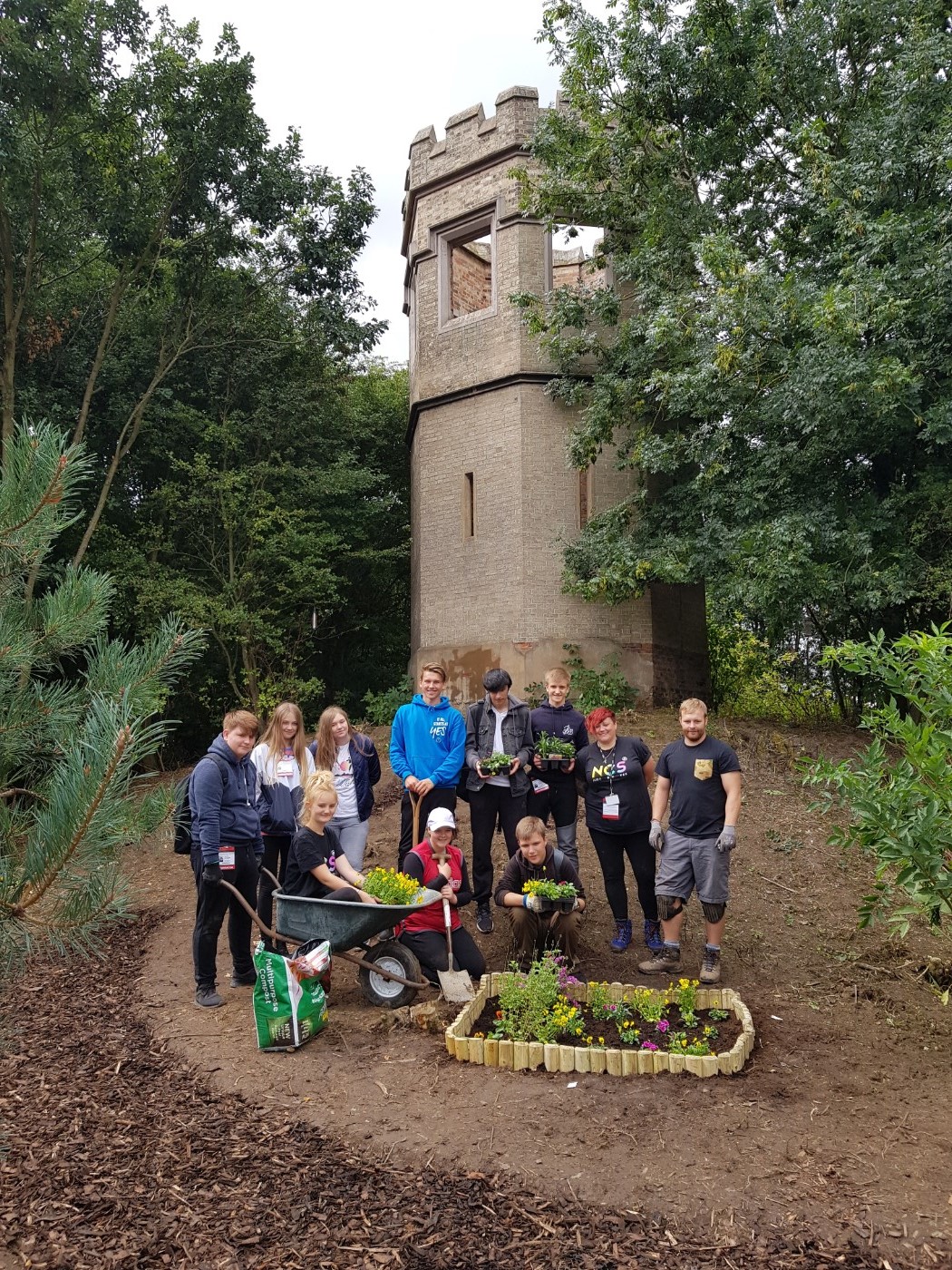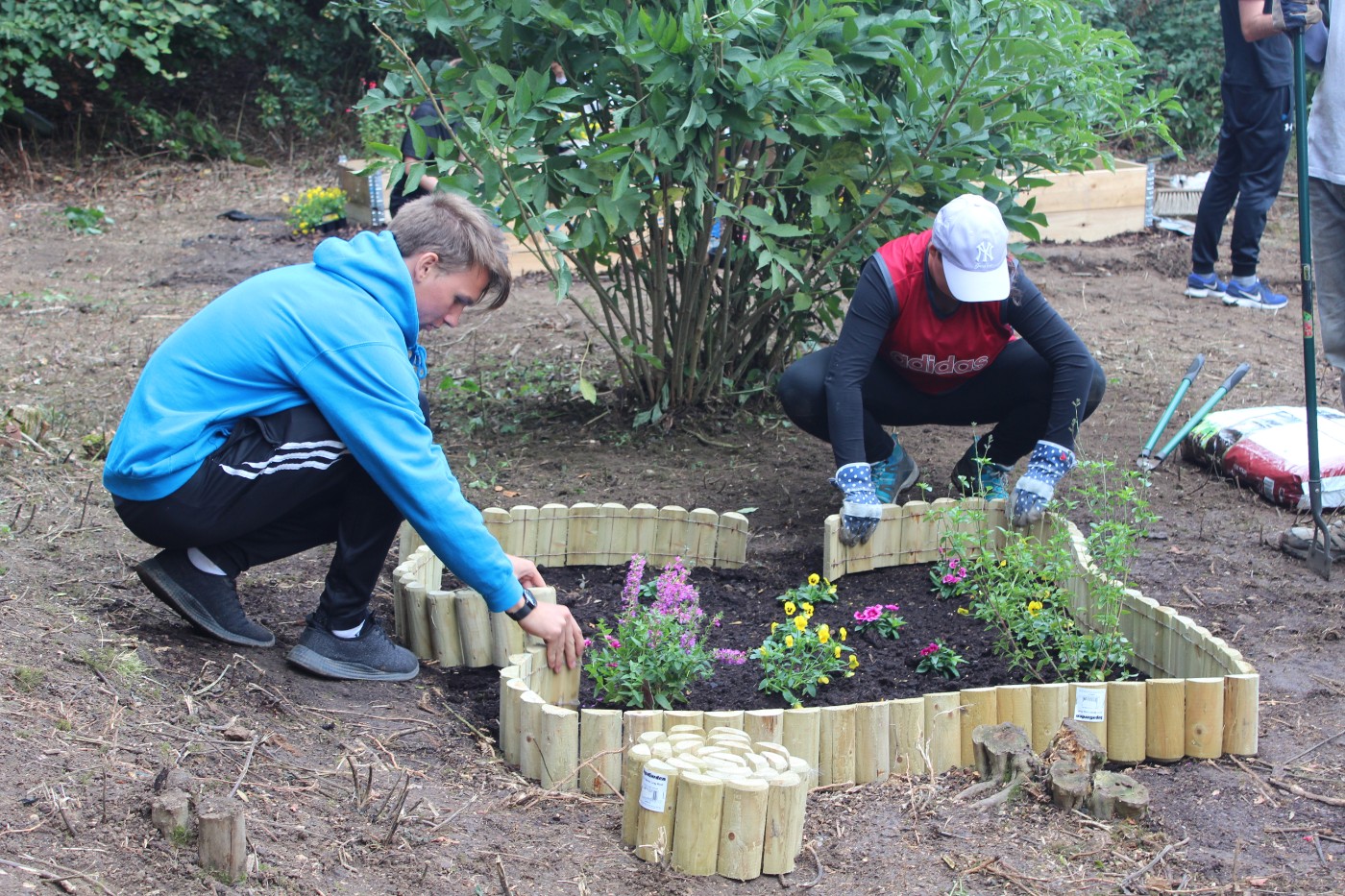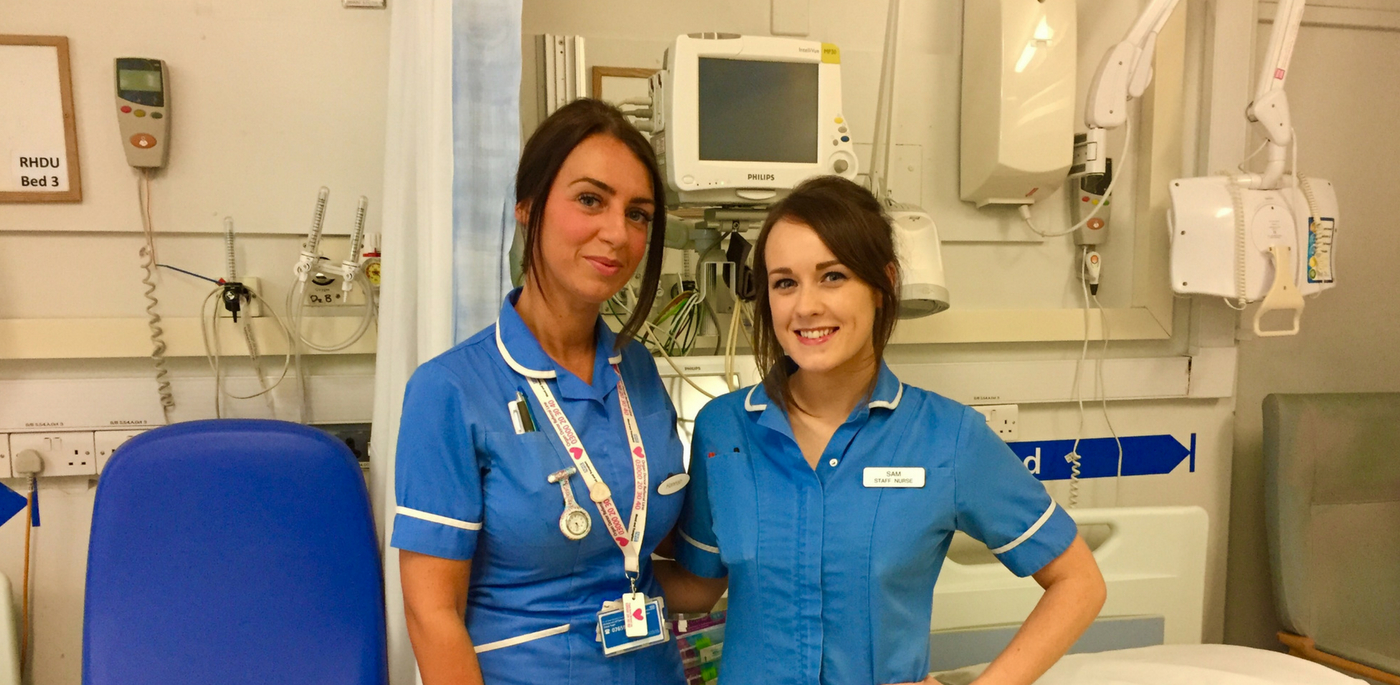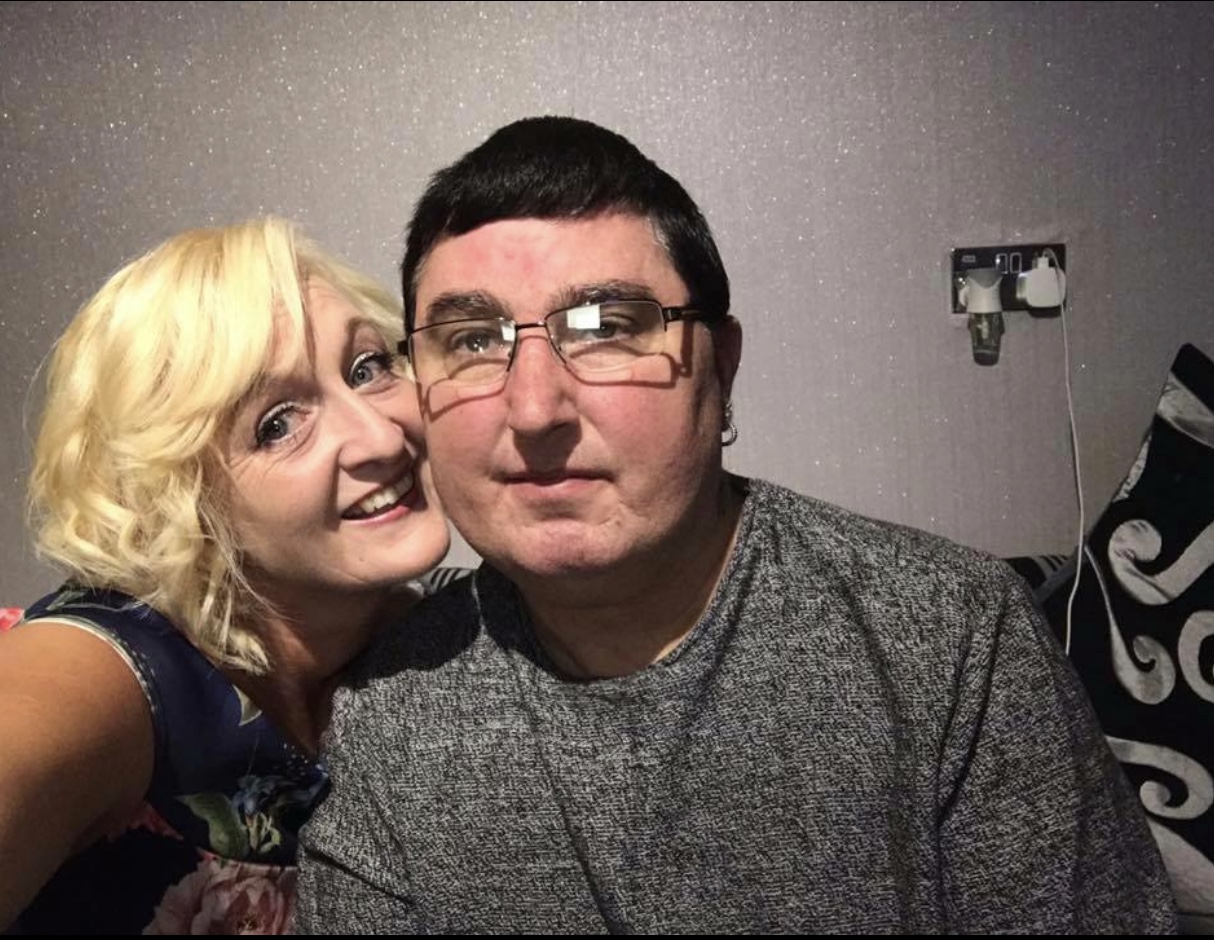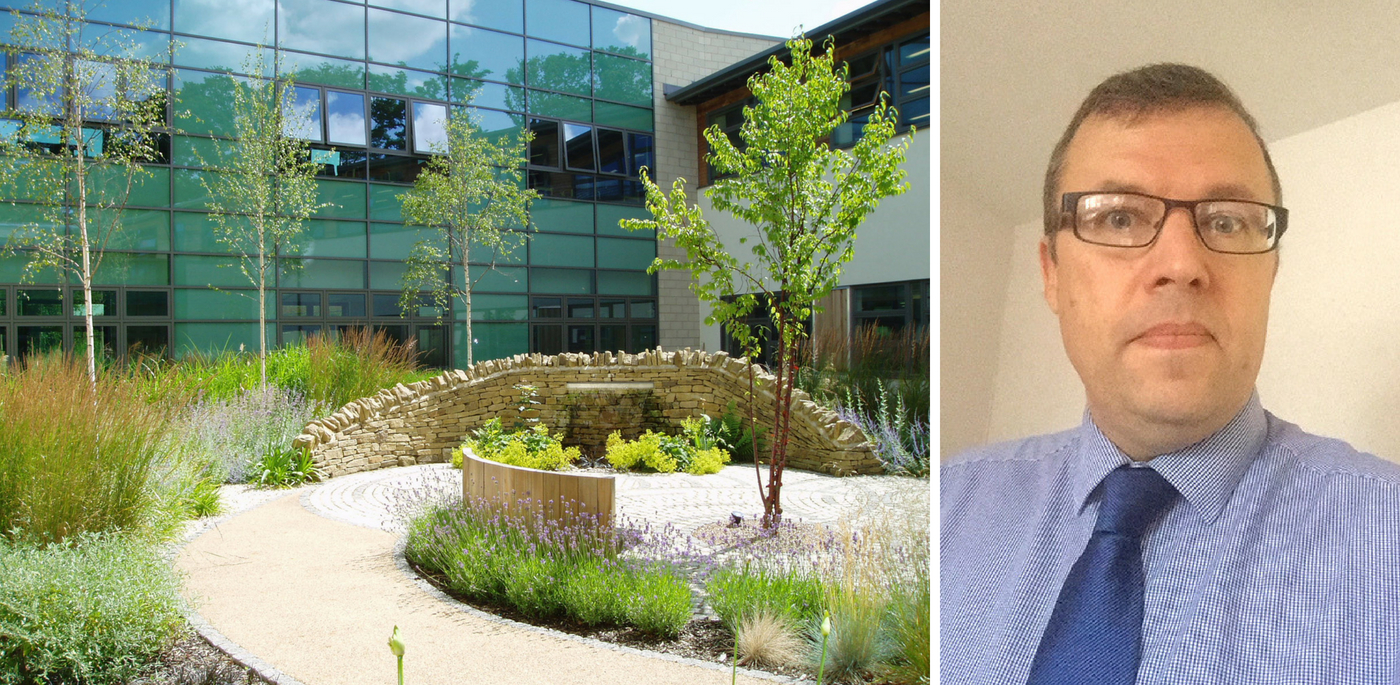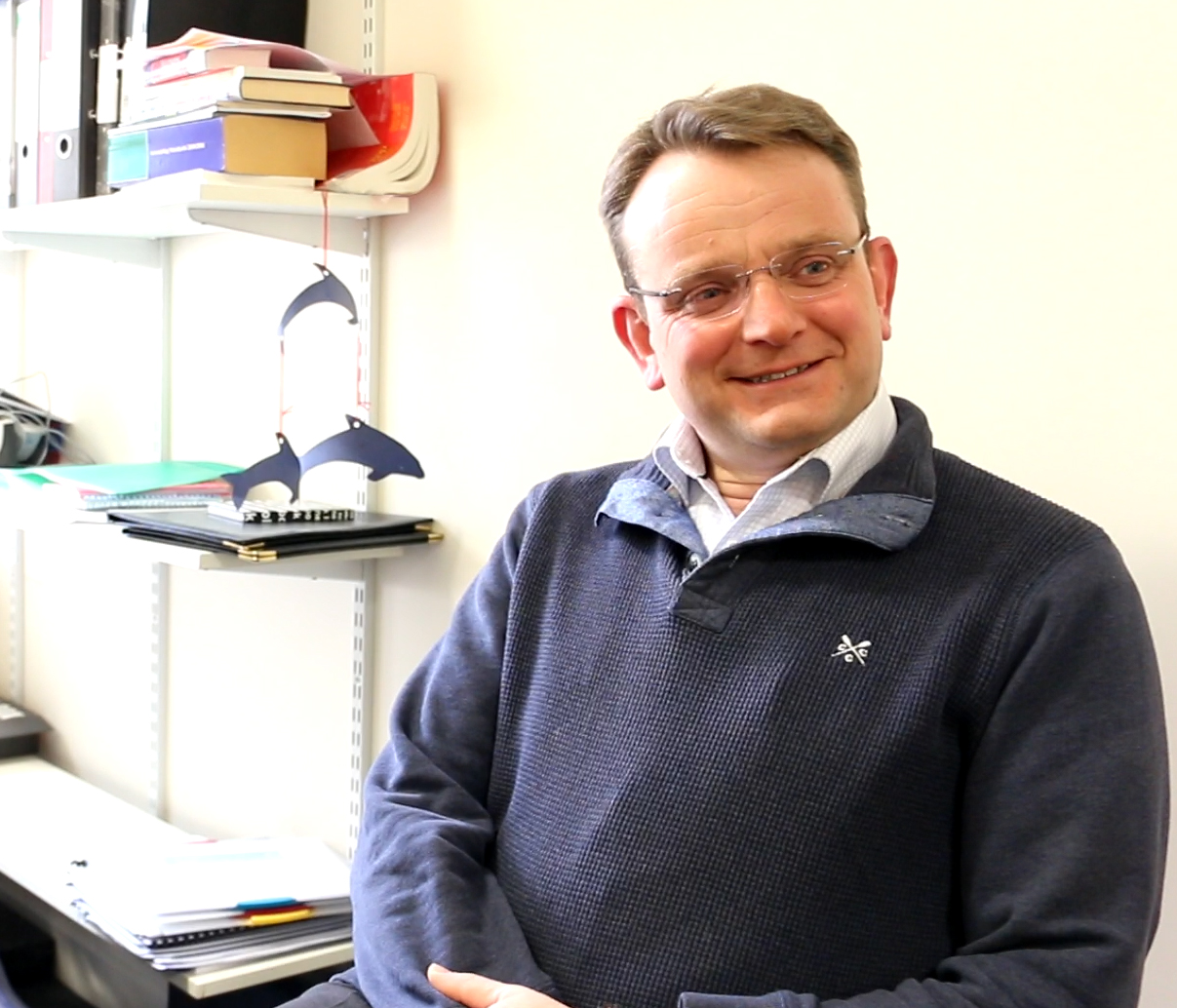Seriously ill patients are to be protected from bad weather after a new £80,000 canopy built over the entrance to Hull Royal Infirmary’s Emergency Department.
Hull University Teaching Hospitals NHS Trust has commissioned the bespoke polycarbonate and steel structure to shelter patients from wind, rain and snow as they arrive in ambulances.
Duncan Taylor, Director of Estates, Facilities and Development, said: “Our main aim is to protect patients coming out of ambulances into the hospital.
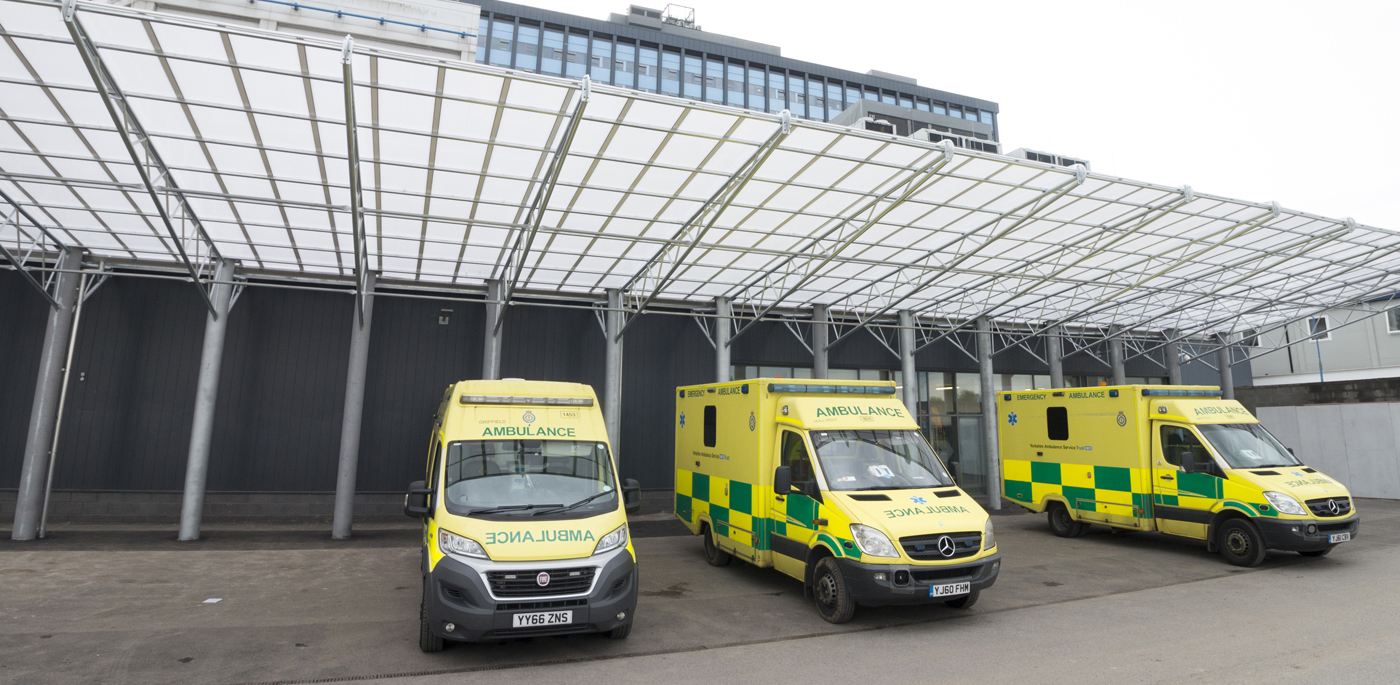
“The last thing we want is for our poorly patients to be unloaded from ambulances and exposed to torrential rain and high winds so this new canopy provides some shelter.
“It’s also protection for health staff as they go about their jobs so it’s an improvement for everyone.”
The canopy was designed by Sussex-based firm Fordingbridge to the trust’s specifications and is a self-supporting structure built on a concrete foundation laid around 900mm underneath the tarmac.
Crews from Yorkshire Ambulance Service will be able to drive right up to the back entrance of the Emergency Department, with patients sheltered from the elements from the moment the back doors of the vehicles are opened.
Mr Taylor said: “The new canopy also means patients who have to be taken out of the department for MRI scans will also be protected at the start of their journeys instead of being taken out into bad weather for essential treatment.
“This development is all about enhancing and improving the experience for our patients when they need to come into hospital.”

